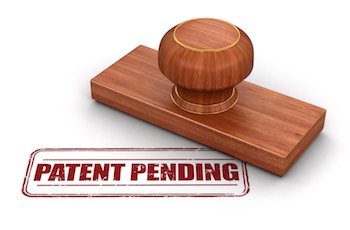
When Two Patent Applications Cover the Same Invention
© 2002, Gallagher & Dawsey Co., LPA
September 2002
Only one patent may issue for an invention. Therefore, when two or more patent applications pending before the United States Patent & Trademark Office (USPTO) seek to patent the same invention they are said to “interfere” with each other. When applications “interfere,” the USPTO performs an interference proceeding to determine who is the first inventor of the invention.
Typically a Patent Examiner will help ensure that an interference proceeding takes place when one is warranted. An Examiner will often identify a claim that includes the inventions of both applications. The Examiner will then advise one of the applicants to add the claim covering the invention to their application so that each application contains an identical claim covering the common invention. This identical claim is known as a “count” of the interference. It is important to note that while not the subject of this article, an interference may be declared between a patent application and an issued patent.
The applications are then forwarded to the Board of Patent Appeals and Interferences. The priority of invention is then determined by the Board, along with the traditional issues of patentability. Generally, the applicant who first reduced the invention to practice should prevail in an interference, unless: (1) a party did not “conceive” the invention, (2) the invention was abandoned, (3) the invention was suppressed or concealed, or (4) the applicant that was not the first to reduce the invention to practice did work diligently on the invention from a time prior to the other’s conception until their later reduction to practice. Additionally, interferences cannot generally be declared between applications owned by a single party, or applications and an unexpired patent owned by a single party.
The interference process takes approximately two years. It is an extremely paper extensive process whereby applicants must file preliminary statements, preliminary motions, and produce evidence as to who made the invention, where it was made, and when it was made. Upon the completion of preliminary matters, the Board sets dates to end discovery and to hear testimony. The Board then issues a written decision. The Board decision is appeallable, however, such appellate practice is beyond the scope of this article.
Many interference proceedings are resolved by the parties very early in the proceeding to avoid the expense of a full interference action. Often the parties will agree as to who is the first inventor and enter into an irrevocable, nonexclusive license agreement. All such settlement agreements must be in writing and must be filed with the USPTO before the interference proceeding is terminated. Fortunately, interferences are relatively rare and there are patent attorneys that specialize in interference practice that may be consulted for additional expertise.
